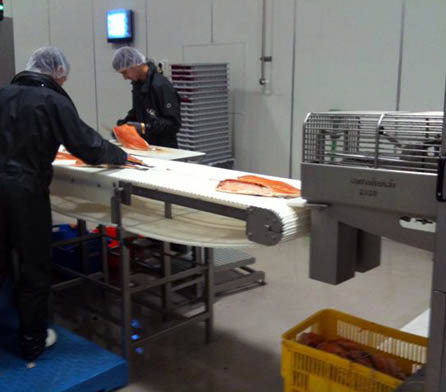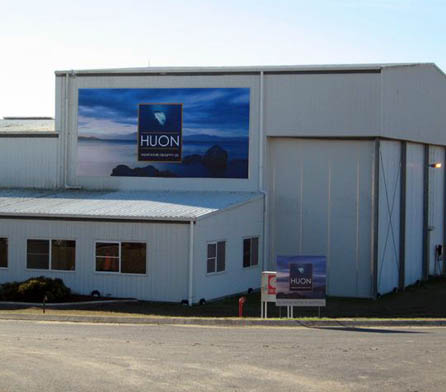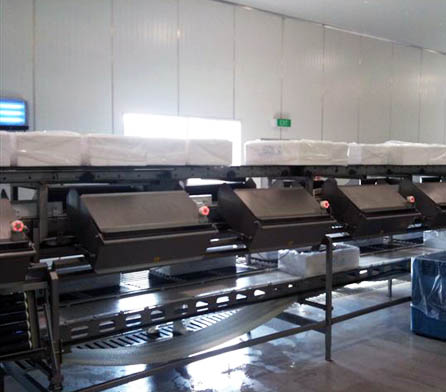Wiley helps Huon Aquaculture stop swimming upstream
| Client: | Huon Aquaculture Group |
| Location: | Tasmania, Australia |
| Scope overview: | Consolidate two separate fish processing facilities at Strahan and Port Huon into one wet processing operation at Parramatta Creek. |
| Facility: | 2826m2 salmon and trout processing facility |


